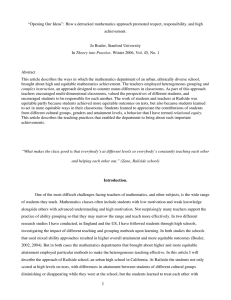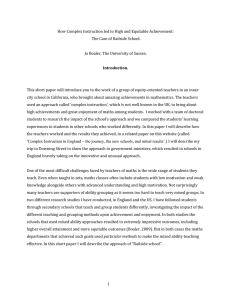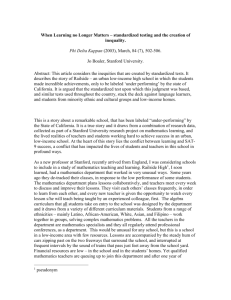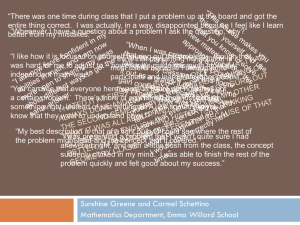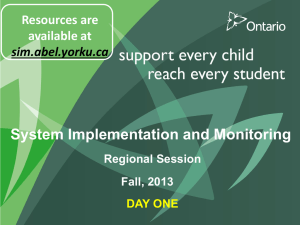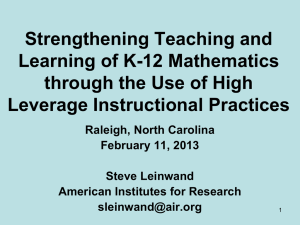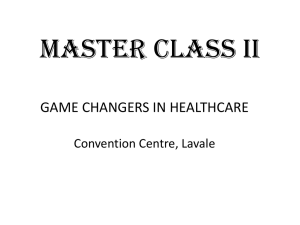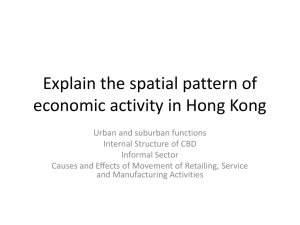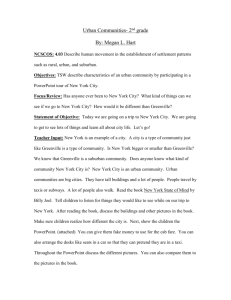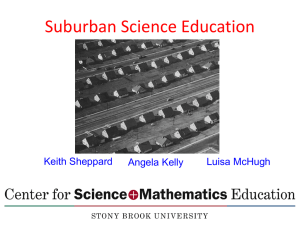Study: Teacher-Designed Math Curriculum Is Effective
advertisement
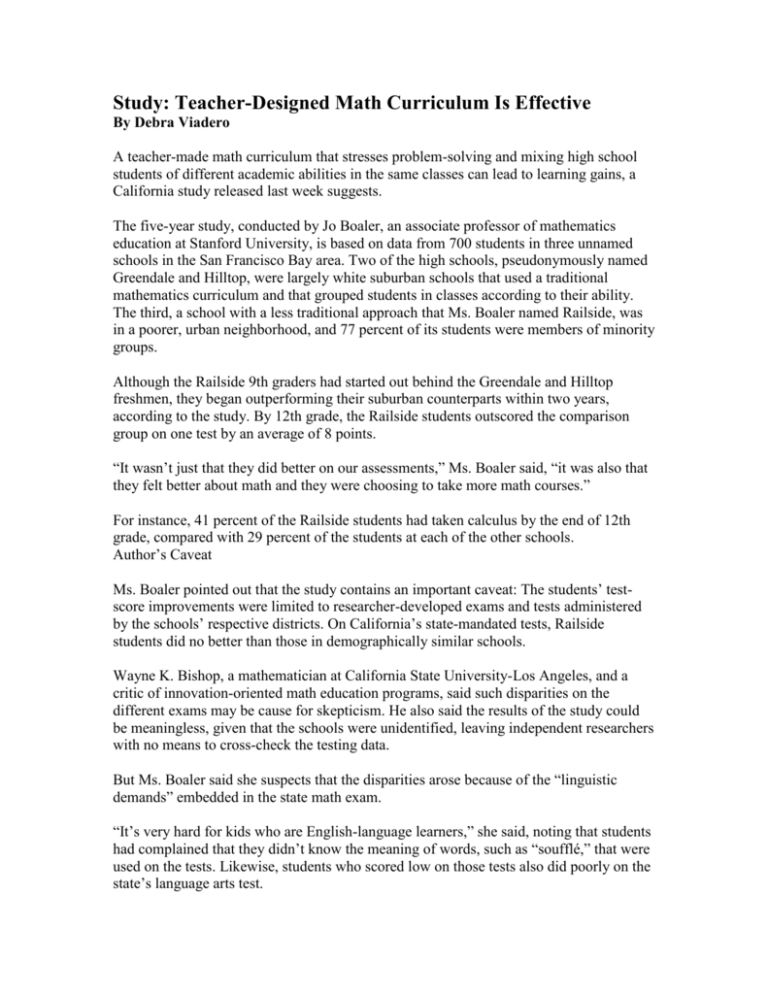
Study: Teacher-Designed Math Curriculum Is Effective By Debra Viadero A teacher-made math curriculum that stresses problem-solving and mixing high school students of different academic abilities in the same classes can lead to learning gains, a California study released last week suggests. The five-year study, conducted by Jo Boaler, an associate professor of mathematics education at Stanford University, is based on data from 700 students in three unnamed schools in the San Francisco Bay area. Two of the high schools, pseudonymously named Greendale and Hilltop, were largely white suburban schools that used a traditional mathematics curriculum and that grouped students in classes according to their ability. The third, a school with a less traditional approach that Ms. Boaler named Railside, was in a poorer, urban neighborhood, and 77 percent of its students were members of minority groups. Although the Railside 9th graders had started out behind the Greendale and Hilltop freshmen, they began outperforming their suburban counterparts within two years, according to the study. By 12th grade, the Railside students outscored the comparison group on one test by an average of 8 points. “It wasn’t just that they did better on our assessments,” Ms. Boaler said, “it was also that they felt better about math and they were choosing to take more math courses.” For instance, 41 percent of the Railside students had taken calculus by the end of 12th grade, compared with 29 percent of the students at each of the other schools. Author’s Caveat Ms. Boaler pointed out that the study contains an important caveat: The students’ testscore improvements were limited to researcher-developed exams and tests administered by the schools’ respective districts. On California’s state-mandated tests, Railside students did no better than those in demographically similar schools. Wayne K. Bishop, a mathematician at California State University-Los Angeles, and a critic of innovation-oriented math education programs, said such disparities on the different exams may be cause for skepticism. He also said the results of the study could be meaningless, given that the schools were unidentified, leaving independent researchers with no means to cross-check the testing data. But Ms. Boaler said she suspects that the disparities arose because of the “linguistic demands” embedded in the state math exam. “It’s very hard for kids who are English-language learners,” she said, noting that students had complained that they didn’t know the meaning of words, such as “soufflé,” that were used on the tests. Likewise, students who scored low on those tests also did poorly on the state’s language arts test. For her own assessments, Ms. Boaler borrowed equal numbers of questions taken from each of the teaching approaches the schools used. Also, unlike the other schools, Railside’s math teachers taught in 90-minute, semesterlong classes and incorporated general teaching approaches that were designed to even out social-status differences between students. Financed with a $500,000 grant from the National Science Foundation, the study has not yet been published. © 2005 Editorial Projects in Education Vol. 24, Issue 23, Page 5
